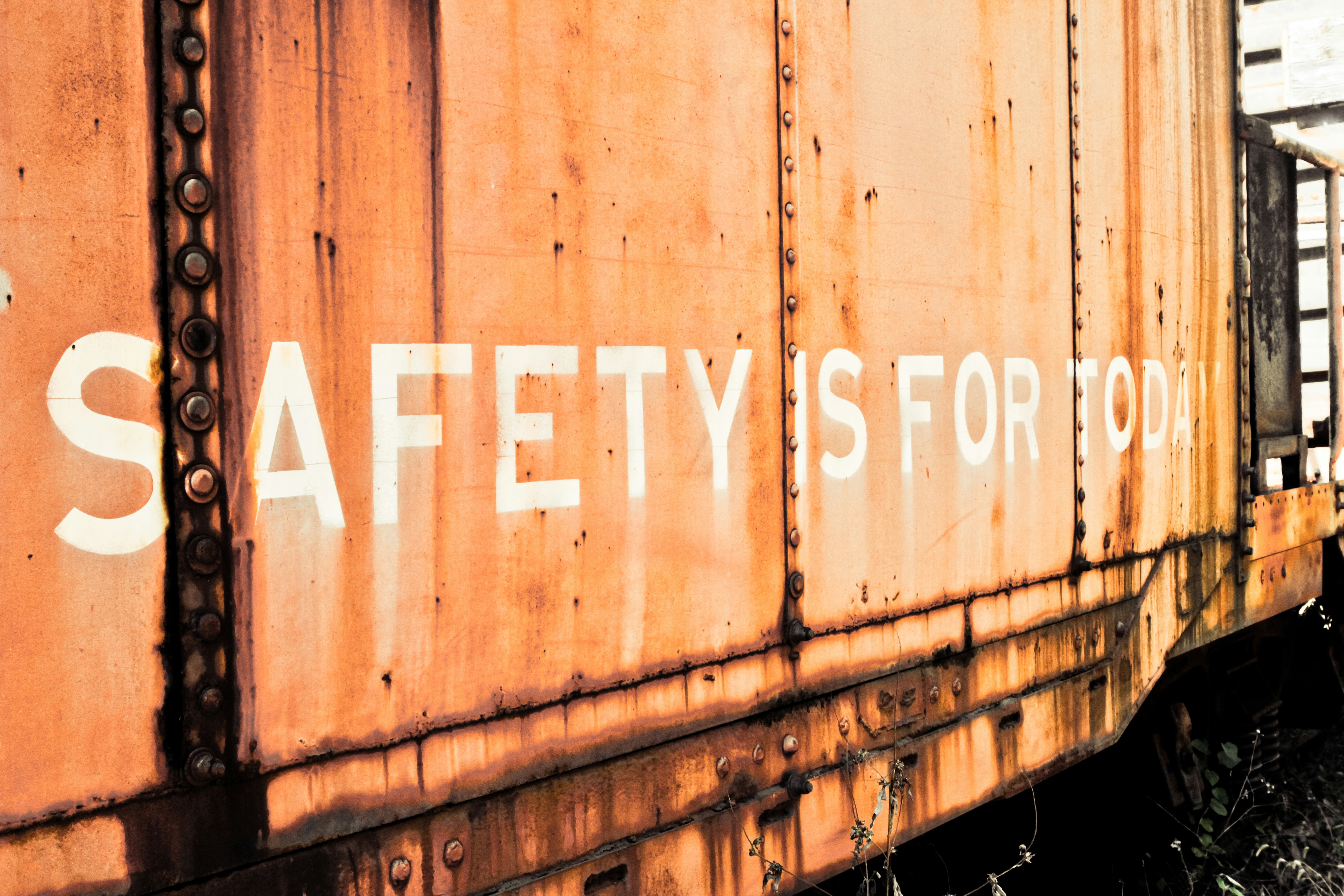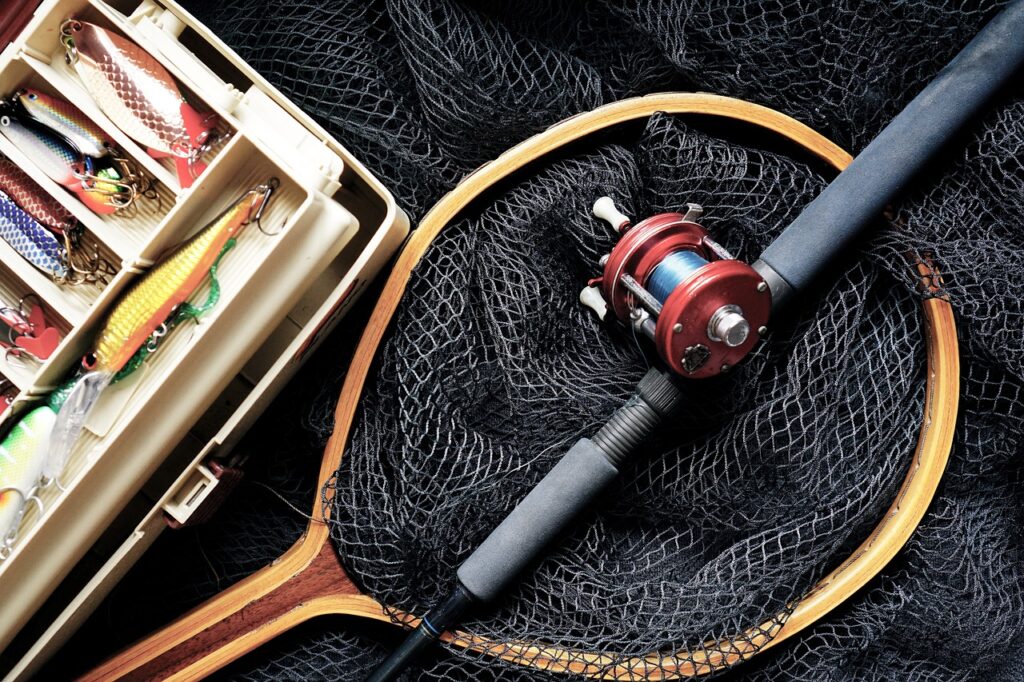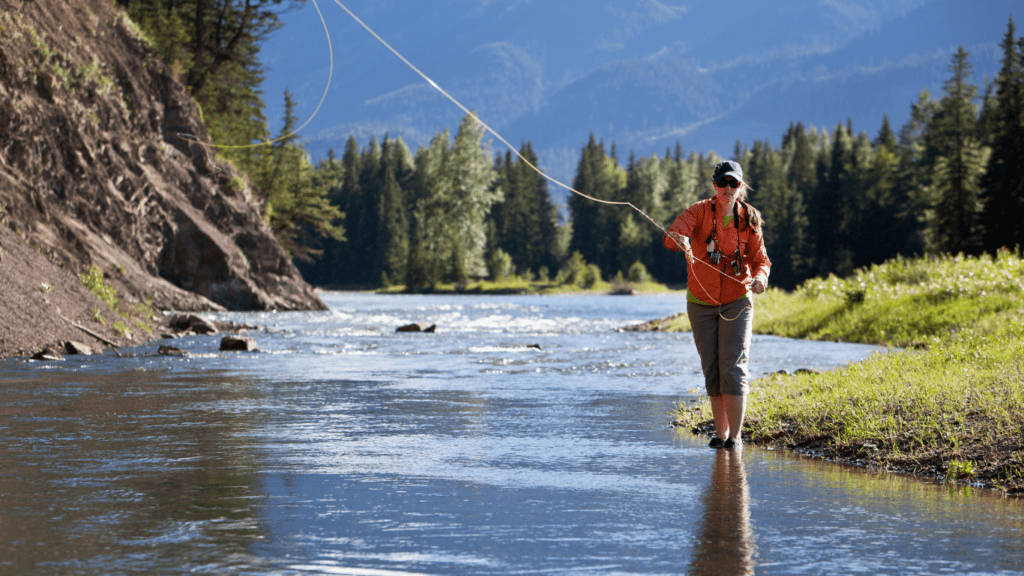Why Fish After Dark?
Night fishing trades the noise and chaos of daytime for something much more productive stillness. With fewer boats cutting across the water, fish settle into their natural routines. Cooler temperatures also play a role, especially in warmer months, encouraging more activity after sunset. It’s not just about conditions, either it’s about behavior. Some species, like catfish and walleye, feed more aggressively at night, following scent and vibration rather than sight. If you know how to present the right bait, you’ll find them ready and willing.
But the real draw? It’s low pressure. The pace is slower, the atmosphere quieter. It’s just you, the water, and the possibility of a solid catch. For beginners, it’s a great way to learn without the distractions. You’ll find fewer tangles, fewer interruptions, and often, better results.
The Right Gear Setup to Get You Started
Night fishing is a different beast. You can’t just grab your daytime setup and expect results. First, think rods and reels. Medium action spinning rods are your go to sensitive enough to detect subtle bites in the dark, but strong enough for fish that catch you off guard. Pair it with a smooth reel that has a reliable drag system. When visibility is limited, that drag does a lot of heavy lifting.
Now bait. Anything that triggers more than just sight is gold. Lures with built in rattles, glow finishes, or strong scent trails give you a serious edge. Soft plastics soaked in attractant, or topwater lures that make noise, stand out when fish rely more on feel and smell than sight.
For lighting, don’t overdo it. A bright headlamp with a red light setting keeps your hands free and doesn’t spook fish. A small lantern at your base station and a few glow in the dark bobbers or rod tips help you track gear without lighting up the whole shoreline.
Line matters more than most think. Monofilament is still the simplest option it’s got stretch, it’s easier to see with a flashlight, and it holds up well. But if you’re going with braid, add a short mono or fluorocarbon leader to soften the presentation. Tweak your tackle too. Larger, glow painted hooks and clip on strike indicators make everything easier to track.
Simple rule: Make everything easier to see, feel, or hear. Your gear should do half the thinking when your other senses are strained.
Safety First, Always

Night fishing can be peaceful, but it doesn’t mean you get to skip safety. The basics matter: wear a life vest no exceptions. Bring a stocked first aid kit. Flashlights burn out, so bring extra batteries. Pack it all in a dry bag to keep your essentials from soaking if things go sideways.
Before you even hit the water, tell someone exactly where you’re going and how long you plan to be out. Doesn’t matter if it’s a few hours or an overnight session don’t fish in secret.
Weather and water conditions change fast after dark. Check the forecast twice. Know the tide schedule, the wind direction, and if rain’s on the way. Prep isn’t optional it’s how you stay out of trouble.
Once you’re out there, stay organized. Fumbling with messy tackle in the dark is how gear gets lost or worse. Use trays, boxes, and labels. Keep it tight so when the bite hits, you’re ready, not scrambling.
Where and When to Cast
Night fishing isn’t about casting blindly into the dark. Good spots matter and they’re usually quieter than you’d think. Look for calm banks away from headlights and foot traffic. Bridges are goldmines, especially the pilings where fish gather in shadow pockets. Weedbeds and submerged structure along the shoreline? Those are dinner tables for hungry predators. Scout by day if you can, then hit those same areas when the sun goes down.
Now, timing. Moon phases can make or break a night outing. Bright full moons increase visibility, both for you and the fish expect more surface action. On the flip side, darker nights can push fish shallower where they feel safer. Tidal movement also stirs up food and wakes the bite. Moving water equals moving prey. That’s when fish turn on.
And here’s the secret sauce: listen. Fish activity at night leaves clues. Splashes, subtle pops, tiny surface boils. Don’t just stare take a pause and let your ears guide you. Bigger fish often ambush prey in silence, so even faint rustles can signal something worth casting toward. Get in tune with your surroundings, and your odds go way up.
Pro Tip: How to Handle the Fight After the Bite
Hooking a fish at night brings a different kind of challenge reduced visibility, unpredictable runs, and heightened risk of losing your catch. Staying calm and focused during the fight can make all the difference between a successful landing and a missed opportunity.
Expect the Unexpected
Surprise runs are the norm in low light conditions
Fish may take off in unpredictable directions, so reflexes matter
Stay alert and keep your stance ready balance is key when visibility is low
Use Your Drag to Your Advantage
Set your drag slightly looser than during daytime fishing
Let the fish run when needed to avoid snapped lines
Adjust mid fight if you sense too much tension or line slipping too fast
Feel the Fight
Without clear visuals, your rod becomes your best tool
Pay attention to vibration, resistance, and sudden movement
Stay relaxed but responsive jerky reactions can cost you the fish
Smart Landing in the Dark
Have a net or lip gripper within easy reach
Use a headlamp only when necessary too much light can spook fish
Take your time and avoid rushing the final moments
Want to dig deeper? Master the art of landing big fish to avoid letting a hard earned bite get away.
Night fishing rewards patience and skill. Once you land your first fish after dark, the thrill is unforgettable.
Final Pieces of Advice
Ease into the night scene. Don’t launch your first trip as an all nighter five miles off grid. Start with short sessions two to three hours, tops. Fish a spot you already know from the daytime. Get used to the sounds, the low visibility, and how your gear feels under a headlamp.
Track everything. What time you got bites. What bait worked. Where you threw your line. Jot it down in a small waterproof notepad or keep notes on your phone. Patterns will show up, and they’ll make your future trips way more efficient.
Last head out prepared. Keep your essentials sharp and handy: good lighting, charged power banks, a backup rod. Stay alert, trust your gut when something feels off, and when that rod bends? Don’t second guess keep calm and focused. You’ve done the prep. Now land that big fish.




